Setting boundaries at work can feel like a near-impossible task if you’re a people-pleaser or high achiever. It’s particularly intimidating when you’re communicating with your boss. After all, it’s hard to shake off the fear of being demoted—or worse, fired—for “slacking off” and unable to manage your workload.
However, if you find yourself constantly checking emails at midnight, working overtime, or feeling stressed daily, something must be done. After all, a lack of healthy boundaries can have detrimental effects on your mental and physical well-being. Hence, you’ll need to do your part in preventing a toxic work environment from developing.
Of course, setting boundaries isn’t as simple as saying “no” or avoiding requests altogether. When discussing these matters with your boss, tact is essential. It requires an open, honest, and intentional conversation where neither party at a disadvantage. Below are a few tips to help you accomplish these conversations with ease:
Identify Your Priorities
To set healthy boundaries, you’ll need to identify what you value most. These are usually things that preserve your work-life balance and happiness. Identifying your priorities will help you provide a clear context for your boundaries. It will make it easier for your boss to understand where you’re coming from and why you’re setting certain limits.
For example, if you’re currently caring for a toddler, you probably want to use the weekends to spend more time with your child. Instead of telling your boss that you can’t work on weekends, try saying “I need to take care of my child. As such, I won’t be able to dedicate much time to projects on the weekends.”
Ensure That Your Requests Are Fair and Realistic
While setting boundaries is essential in maintaining a healthy work-life balance, you should still ensure that you’re fulfilling what’s expected of you. Boundaries shouldn’t be an excuse to neglect your responsibilities.
Keep in mind that your boss and colleagues have their own boundaries as well—it’s important to respect their needs the same way you want them to respect yours. Before discussing your boundaries, make sure that they don’t hinder you from following company values and completing the specific responsibilities that your position entails.
Regularly Communicate
Clearly discuss your boundaries with your boss as many times as needed. Also, let them know when they can reach you and expect a response from you. For example, if you want to avoid replying to emails after work hours, you can tell them to expect a response from you the following morning or day if they email you past 5:00pm. Be sure to define possible scenarios that would count as emergencies so that your boss knows when to avoid contacting you.
Using the latest technologies can also make it easier to inform others of your availability at work. For example, some communication software applications let you display an “away” status when you’re not at work or when you’re on vacation. You can also set up automatic out-of-office email replies if you are away for an extended period. Additionally, some applications have collaborative calendars that allow teams to share their respective schedules with one another.
Respect Your Own Boundaries
Remember, it is difficult to get people to respect your boundaries if you don’t respect them yourself. Be sure to use your time off to rest rather than complete work tasks.
Also, no matter how much you want to impress your superior, avoid volunteering for more projects than you can handle. This way, your boss can be more aware of your limitations and capabilities. It’s important to set realistic expectations, as they not only prevent your boss from overstepping boundaries, but also ensure that tasks are completed efficiently.
Provide a Solutions-Oriented Response When Boundaries Are Breached
Unfortunately, boundaries can still be breached even after you’ve communicated them. Hence, it’s best to be prepared for these situations by thinking of possible responses in advance. After all, the wrong words can put a strain on your relationship with your boss.
Be sure to frame your responses in a positive light and avoid centring them on yourself. For example, if your boss tries to assign you to another project during a busy week, avoid saying “I’ve got too much on my plate.” Instead, focus on how this boundary breach will affect your boss, clients, and the company’s operations. In a situation like this, you can reply with “If I work on Project X, then I won’t be able to complete Project Y on time.”
Always offer a solution alongside your response to ensure a win-win outcome. Start by finding out what your boss needs from you. Then, offer suggestions that would fulfil these needs without neglecting your own. For instance, rather than cancelling important dinner plans to review a document, ask whether it’s urgent. If it is, you can offer to review it after dinner. If it isn’t, you can offer to do it the following day.
Learning how to set boundaries takes considerable time and practice. However, it’s a necessary skill in the workplace if you want to stay productive and maintain a balanced professional life. By following the tips mentioned above, you can create a healthy work environment founded on mutual respect.
If you want to know more, call us on 1300 551 274 or send an email at team@teamfocusplus.com. We look forward to hearing from you.





